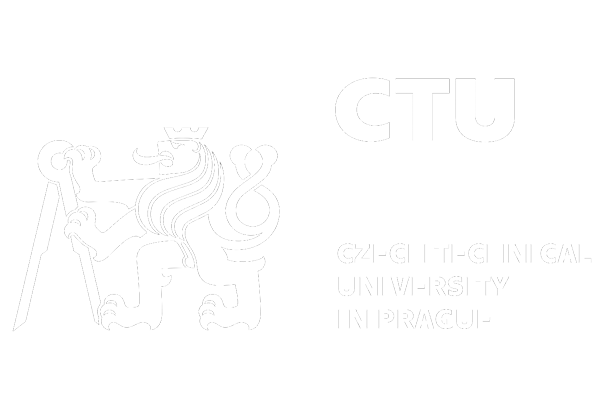FEATURES
Project TEL4RAIN
Features Tel4Rain
Tel4Rain develops non-traditional rainfall monitoring capability based on opportunistic sensing that employs commercial microwave links (CMLs) from cellular telecommunication networks. It has several noteworthy advantages:
- Opportunistic sensing – utilizes existing infrastructure (low-cost), which is widely available
- High temporal and spatial resolution
- Near-surface observations – provides information about rainfall, which actually reaches the surface
- Continuous maintenance determined by the needs of primary purpose (telecommunications)
- Continual real-time data acquisition from a single location (network operation centre)
CMLs typically measure rainfall intensity several tens of meters above ground, use frequencies ranging from ∼6 to 80 GHz, and have path lengths varying from ~0.1 to ~20 km. CML network has usually highest density in urban areas. Urban CML networks typically consist of CMLs with path lengths of a few km operating at higher frequencies (20-80 GHz) which are more sensitive to rainfall.
From the decrease in signal level along the CML path, the rainfall-induced path-averaged specific attenuation can be calculated, which can be converted to a path-averaged rainfall intensity by employing the above power-law. Subsequently, the obtained path-averaged rainfall intensities from individual CMLs can be utilized to create high-resolution rainfall maps.
Required CML data and metadata:
- Transmitted signal level (TSL) and Received signal level (RSL) for each CML for each time interval
- Date and time of observation
- Frequency of a CML
- Signal polarisation
- Coordinates of the start and the end of the CML, and a unique CML identifier
Tel4Rain specific features:
- CML data acquisition every 10 seconds – minimizing errors from averaging instantaneous values
- Data from a large number of CMLs – minimizing errors due to spatial averaging
- Algorithms for CML signal attenuation conversion into rainfall intensities validated in multiple pilot projects – using raingauge data
- Interdisciplinary team and collaboration with data providers and end-users
Applications and Benefits:
- Urban hydrology – timely preditions of flash floods (high temporal and spatial resolution of rainfall data is essential)
- Optimization of urban drainage and sewage system management and optimization of wastewater treatment plant processes
- Correction of weather radar precipitation products – improvement of hydrological predictions as well as past event analysis


